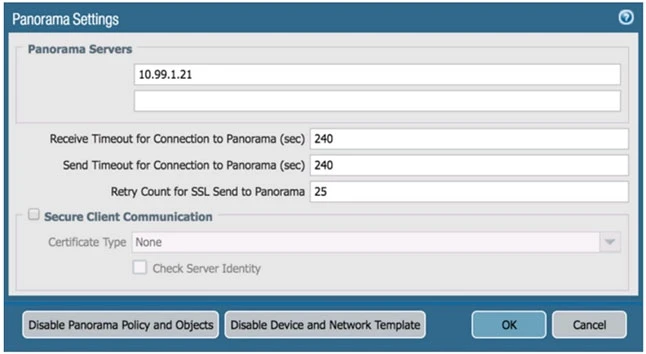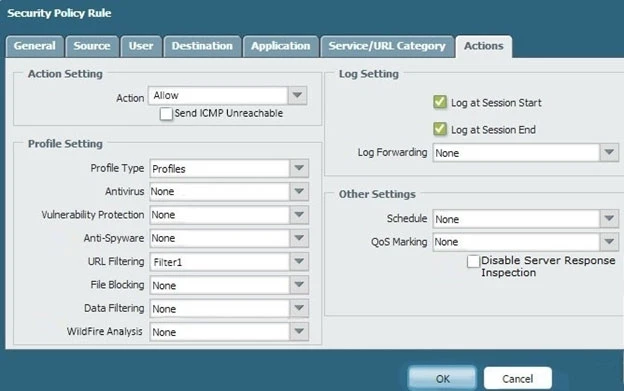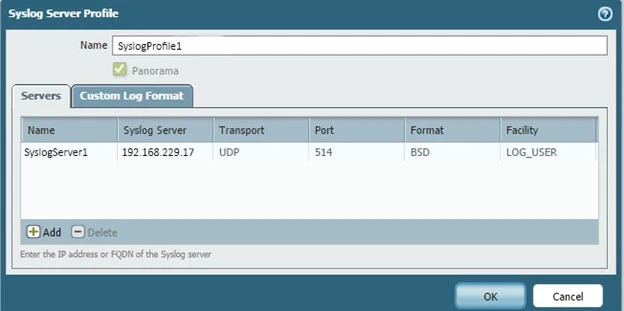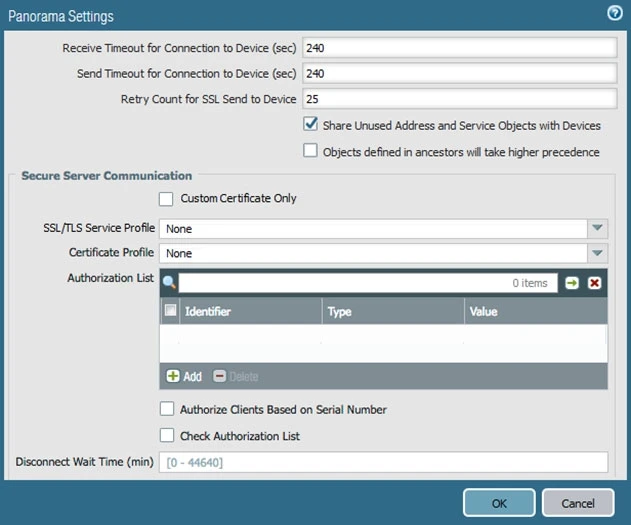Which priority is correct for the passive firewall?
In an active/passive high availability (HA) configuration for Palo Alto Networks Next-Generation Firewalls (NGFWs), the active firewall is given a lower numerical priority value to ensure it takes precedence. Given that the active firewall has a priority value of 100, the passive firewall must be assigned a higher numerical priority value to ensure it does not take over unless necessary. Therefore, the correct priority for the passive firewall should be a value greater than 100, making 255 the appropriate choice.
Which NGFW receives the configuration from Panorama?
When a configuration is pushed from Panorama to a pair of firewalls configured as an active/passive HA (High Availability) pair, both firewalls receive the configuration independently. The process does not involve synchronization between the two firewalls for Panorama-pushed configurations. Synchronization typically applies to local changes made on the firewalls themselves.
Which settings, if configured incorrectly, most likely would stop only Traffic logs from being sent from the firewall to Panorama?
A.

B.

C.

D.

The correct answer is B. The provided image indicates that Log Forwarding is set to 'None,' which means that no logs, including Traffic logs, are being forwarded to Panorama. This setting affects the forwarding of logs from the firewall to Panorama, and an incorrect configuration here would result in no Traffic logs being sent. Inaccurate settings in the Log Forwarding profile will specifically impact which logs are forwarded, explaining why only Traffic logs might be missing.
The purpose of specifying an Authentication Profile in a GlobalProtect Portal configuration is to enable user authentication to the Portal. This ensures that users are properly authenticated before they can access the resources provided by the portal.
When a template stack is assigned to a device and there are overlapping settings among the templates in the stack, the settings from the template at the top of the stack take precedence. Therefore, the settings assigned to the template that is on top of the stack are the ones that will be published to the device when the template stack is pushed.